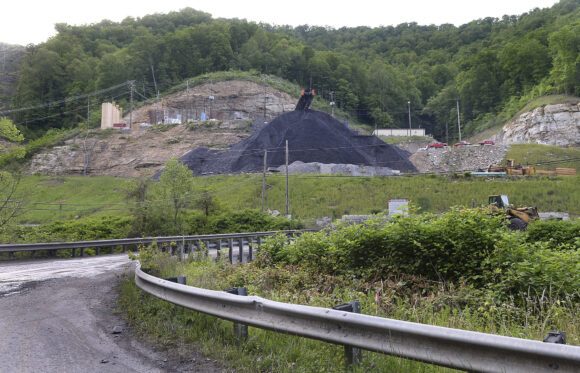
Coal River Mountain Watch (CRMW) was founded in 1998 to address the social, economic, and environmental injustice of the coal-mining industry in KY, WV and TN. Mountaintop removal through coal mining poisons nearby waterways with coal waste, threatening communities’ drinking water, clean air, and healthy environment. These are communities already plagued by poverty and significant serious health disparities, particularly alarming levels of cancer and birth defects. For those fighting for their homes, near or downstream from huge mountaintop removal sites, CRMW fiercely challenges coal companies’ environmental violations. In 2024 alone, CRMW filed 12 citizen complaints to the WV Department of Environmental Protection, generating seven violations, including exposing Alpha Metallurgical Resources’ river pollution. They also challenged Taishan Coal LLC’s permit renewal, coordinating a flyover and site visit, which ultimately led to a WVDEP consent order. As part of Citizens’ Coal Council, CRMW provided critical standing in a federal case challenging violation notice rules, arguing that current regulations allow coal companies to escape meaningful accountability and environmental responsibility.
Combining local knowledge with technical expertise, Coal River Mountain Watch is a small nonprofit working on multiple fronts to improve the quality of life and help rebuild sustainable communities in their Appalachian home. Current projects include saving the last mountain in the Coal River watershed from mountaintop removal, including a proposal for a wind farm on the mountain as an alternative to destructive mining. They are training citizens to challenge mining permits and put pressure on the Department of Environmental Protection to properly regulate mining and prosecute permit violations. They sponsor environmental education programs for local children and successfully campaigned to move an elementary school away from a coal mining site. They run the Judy Bonds Center for Appalachian Preservation, Coal River Mountain Watch’s community center and sustainable economic demonstration site. The Center hosts community meetings, cultural events, and workshops to promote local citizen education and involvement. Through their multifaceted approach, CRMW demonstrates how grassroots organizations can drive meaningful environmental and social change at the local level, empowering communities to protect their land, health, and future.

CRMW captured this cloud of “fugitive” dust, apparently from blasting, in September of 2024. Composed mostly of silica, a known carcinogen, the hazardous pollution drifts into neighboring communities. Footage opportunities provided by SouthWings, a network of volunteer pilots supporting the conservation community through aerial perspectives.